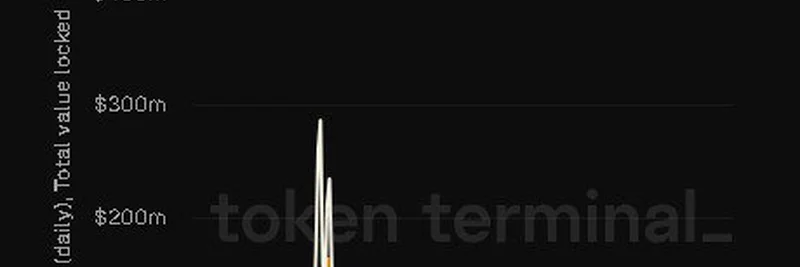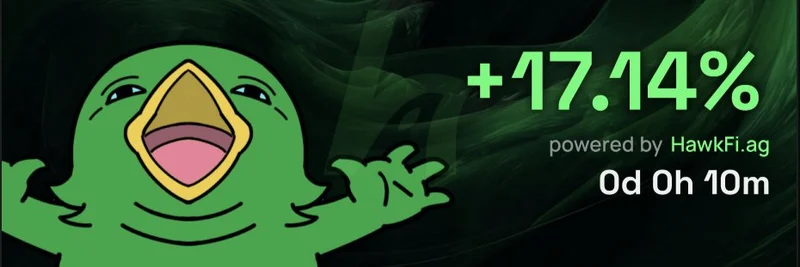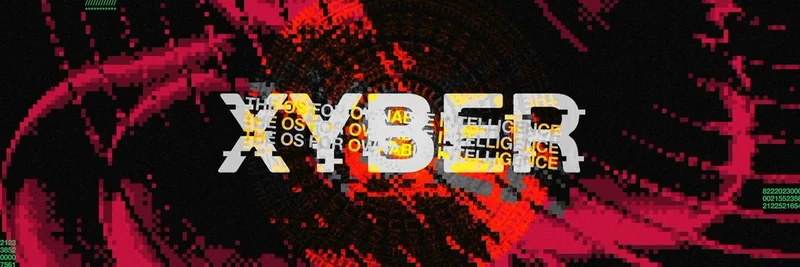In the fast-paced world of DeFi on blockchain networks like Sonic Labs (formerly Fantom), projects often burst onto the scene with massive hype fueled by incentives and subsidies. But what happens when the buzz dies down? That's exactly what community strategist Crown.s (@_Crrown) explored in a recent thread on X, diving into the dashboard metrics of Shadow Exchange (@ShadowOnSonic). As someone who's been in the trenches of Sonic's $S ecosystem, Crown.s wanted to check if there's real substance beneath the surface. Spoiler: there seems to be.
Shadow Exchange is a concentrated liquidity DEX built natively on Sonic, leveraging an innovative x(3,3) model that improves on traditional ve(3,3) systems. This setup allows for more flexible staking and governance without long lock-ups, rewarding active participants while penalizing early exits. The $SHADOW token powers it all, convertible to xSHADOW for earning protocol fees, voting incentives, and more. It's designed for high-speed trading on Sonic's ultra-fast EVM Layer-1, which boasts over 400,000 transactions per second.
Liquidity and Trading Volume: Signs of Real Usage
One of the first things that caught Crown.s's eye was the stability in liquidity despite fluctuating trading volumes. In DeFi terms, liquidity refers to the pool of assets available for trading on the platform, while trading volume measures how much is actually being swapped daily. Stable liquidity means the money in the system is actively circulating, leading to smoother trades with less slippage – that's when your trade executes at a worse price than expected due to low liquidity.
As the chart shows, after an initial spike, volumes have settled but liquidity holds steady. This suggests users aren't just parking funds for quick rewards; they're actually using the platform for trades. For everyday blockchain practitioners, this translates to a more reliable experience, especially in a network like Sonic that's optimized for speed and low fees.
Revenue Finding Its Floor
Launch periods are chaotic, with revenue often inflated by hype. But Crown.s notes that Shadow's revenue has stabilized at a consistent level post-noise. Revenue in DEXes comes from trading fees, which are shared among stakers and liquidity providers. A steady floor indicates the platform isn't reliant on temporary boosts – it's generating value organically.
This is crucial in DeFi, where many projects fizzle out once incentives dry up. Shadow's model, with its fee monetization and dynamic adjustments, seems to be paying off. If you're new to this, think of it like a business transitioning from venture capital to profitable operations.
Incentives Drop, But Usage Persists
Incentives – like token rewards for providing liquidity or farming – dropped sharply, yet activity continues. This weeding out of "farmers" (users who chase yields without long-term interest) leaves behind organic demand. It's a healthier sign, as Crown.s points out, because it means the platform has inherent value beyond giveaways.
Sonic Labs has been pushing DeFi incentives overall, helping the ecosystem's total value locked (TVL) surge from zero to over $500 million in months. Shadow, as the largest DEX on Sonic with TVL hitting $100 million earlier this year, benefits from this but stands on its own merits.
The Rise of xSHADOW: Staking with Benefits
The most intriguing part? The growth in xSHADOW holdings and staking. xSHADOW is the staked version of $SHADOW, offering governance rights, yields, and liquidity in one package. More people are staking daily, with the trend upward despite price fluctuations. The design is clever: early exits incur penalties that redistribute to loyal stakers, encouraging long-term commitment.
Crown.s highlights how this fosters a community of real participants. Holder counts are rising even at lower prices, spreading ownership. Turnover spikes show trader interest, but the core user base remains loyal. Features like liquid staking (x33) add layers, giving users flexibility without sacrificing rewards.
Other Notable Observations
A few more gems from the dashboard: The gap between fully diluted value (potential max market cap) and circulating cap suggests upcoming unlocks could pressure prices, but that's common in tokenomics. On-chain turnover spikes indicate active trading, which can be stressful for holders but exciting for the ecosystem. And post-hype, a loyal core persists – the backbone of any sustainable project.
Replies to the thread echo this sentiment. Users like @NimeshOnchain call Shadow a "beast" on Sonic, poised for growth as the network scales. @KryptoKwack agrees it's the ecosystem's backbone, while others joke about its speed outpacing their internet.
Takeaway: From Hype to Backbone
Crown.s's takeaway resonates: Shadow has evolved past short-term hype, standing on efficiency, steady revenue, and rooting community. In Sonic's DeFi-focused ecosystem – where TVL has grown 13x to $357 million with endorsements from devs like Andre Cronje – Shadow could become the go-to trading hub.
For meme token enthusiasts and blockchain pros alike, this signals opportunity. While Sonic has meme elements, its DeFi strength via projects like Shadow offers real utility. If you're farming or trading on Sonic, keep an eye on $SHADOW – it might just reward the patient.
Stay tuned to Meme Insider for more insights into emerging tokens and ecosystems. What's your take on Shadow's metrics? Drop a comment or check the original thread for the full scoop.




